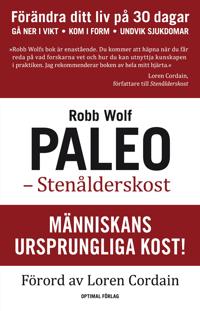Har förut lyssnat på en intressant föreläsning av Lorimer Moseley.
Fick tips (från en läkare som jobbar med smärtpatienter) om en annan föreläsare som heter Tony Dickenson.
Här hittar ni också en annan föresläning av honom (den som rekommenderades),
Update on Pain Mechanism
Så här står det om den föreläsningen
Tony Dickenson BSc, PhD, FmedSci is Professor of Neuropharmacology at University College, London. He gained his PhD at the National Institute for Medical Research, London, has held Fellowships and posts in Paris, California and Sweden, and was appointed to the Department of Pharmacology at University College in 1983. He has made seminal contributions to understanding the mechanisms of pain and how pain can be controlled in both normal and patho-physiological conditions and how to translate basic science to the patient. He is a founding and continuing member of the London Pain Consortium, a Wellcome Trust Integrated Physiology Initiative and now a Strategic Award, funding a group of scientists in London and Oxford studying pain mechanisms and training young scientists in integrated approaches to the study of pain from genes to function. He is training director of the programme.
In this talk, recorded live at the Welsh Pain Society Meeting held in Cardiff (November 2010), Tony describes the neuronal systems involved in peripheral nerves and within the central nervous system, an explanation of our present understanding of pain mechanisms, and potential areas of interest where research may focus in developing new analgesics for the future.
‘Update on Pain Mechanisms’ by Professor Anthony Dickenson
The mechanisms of pain and analgesia exhibit plasticity in different pain states in that the signalling mechanisms change following physiopathological events. Multiple mechanisms occur at peripheral, spinal and supraspinal sites and generate the abnormal pain states experienced by patients.
Tissue damage leads to ongoing chemical activation of pain sensors whereas nerve trauma induces alterations in the function and levels of ion channels in peripheral nerve fibres and this altered sodium channel function can produce abnormal impulse propagation towards the spinal cord. Familial pain disorders point to the importance of changes in sodium, TRP and other channels. Next, impulses arrive in the central terminals of afferent fibres where altered calcium channel function is precipitated by the peripheral damage, leading to more transmitter release, favouring central spinal hypersensitivity. NMDA receptor activation in persistent pain states, in concert with other systems, generates wind-up and long term potentiation, plausible mechanisms for enhanced and prolonged pain states. Memory related genes are also activated. In patients, the intensity of post-traumatic surgical pain is a predicator of chronicity and these spinal changes are likely to be intimately linked to the prolongation of the pain state.
Centres of the brain important in emotional and aversive responses to pain now join in. These centres in the brain will be activated not only by pain but also by “top-down” processes such as fear, anxiety and other life-events. These pathways, many of which are monoamine, can then descend to facilitate spinal mechanisms of pain showing the key interplay between sensory and psychological events in pain processing. Novel therapies acting on these systems are emerging. Recent work has revealed a hitherto spinal cord –brain –spinal cord loop that involves centres of the brain important in emotional and aversive responses to pain.
Vaccination i Tranås: Hitta din klinik!
-
Letar du efter en plats att få ditt skydd mot sjukdomar? Tranås erbjuder
flera kliniker där du kan vaccinera dig. För att säkerställa din hälsa är
vaccinat...
1 vecka sedan











Inga kommentarer:
Skicka en kommentar